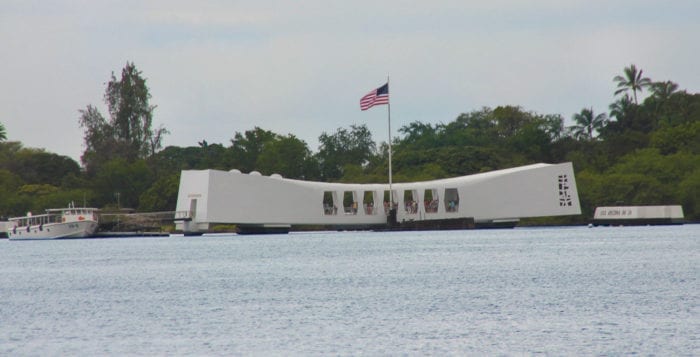What do the signs tell us?
In Hawaii, numerous small earthquakes caused parts of Big Island to shake. Geologists, who monitor the islands regularly, warned of a pending volcanic eruption. They were right, clearing people away from lava flows.
How did they know?
It’s a combination of history and science. Researchers in the area point to specific signs that are reflections of patterns that have developed in past years. The small earthquakes, like the feel of the ground trembling as a herd of elephants is approaching in the Serengeti, suggest the movement of magma underneath the ground.
Higher volumes of lava flows could come later on, as in 1955 and 1960, say USGS scientists in the archipelago.
The science involves regular monitoring of events, looking for evidence of what’s going on below the surface. “Hopefully we’ll get smart enough that we can see [tremors] coming or at least be able to use that as a proxy for having people on the ground watching these things,” Tina Neal, scientist-in-charge at USGS Hawaiian Volcano Observatory, explained to KHON2 News in Honolulu.
People look for signs in everything they do, hoping to learn from history and to use whatever evidence is
available to make predictions and react accordingly.
Your doctor does it during your annual physical, monitoring your blood chemistry, checking your heart and lungs, and asking basic questions about your lifestyle.
Scientists around Long Island are involved in a broad range of studies. Geneticists, for example, try to see what the sequence of base pairs might mean for you. Their information, like the data the geologists gather in
Hawaii, doesn’t indicate exactly what will happen and when, but it can suggest developments that might affect you.
Cancer researchers at Cold Spring Harbor Laboratory and Stony Brook University are using tools like the gene editing system called CRISPR to see how changing the genetic code affects the course of development or the pathway for a disease. Gene editing can help localize the regions responsible for the equivalent of destructive events in our own bodies, showing where they are and what sequences cause progression.
Scientists, often working six or seven days a week, push the frontiers of our ability to make sense of
whatever signs they collect. Once they gather that information, they can use it to help create more accurate diagnoses and to develop therapies that have individualized benefits.
Indeed, not all breast cancers are the same, which means that not all treatments will have the same effect. Some cancers will respond to one type of therapy, while others will barely react to the same treatment.
Fundamental, or basic, research is critical to the understanding of translational challenges like treating
Alzheimer’s patients or curing potentially deadly fungal infections.
Indeed, most scientists who “discover” a treatment will recognize the seminal studies that helped them finish a job started years — and in some cases decades — before they developed cures. Treatments often start long before the clinical stages, when scientists want to know how or why something happens. The pursuit of knowledge for its own sake can lead to unexpected and important benefits.
Outside the realm of medicine, researchers on Long Island are working on areas like understanding the climate and weather, and the effect on energy production.
Numerous scientists at SBU and Brookhaven National Laboratory study the climate, hoping to understand how one of the most problematic parts of predicting the weather — clouds — affects what could happen tomorrow or in the next decade.
The research all these scientists do helps us live longer and better lives, offering us early warnings of
developing possibilities.
Scientists not only interpret what the signs tell us, but can also help us figure out the right signs to study.





